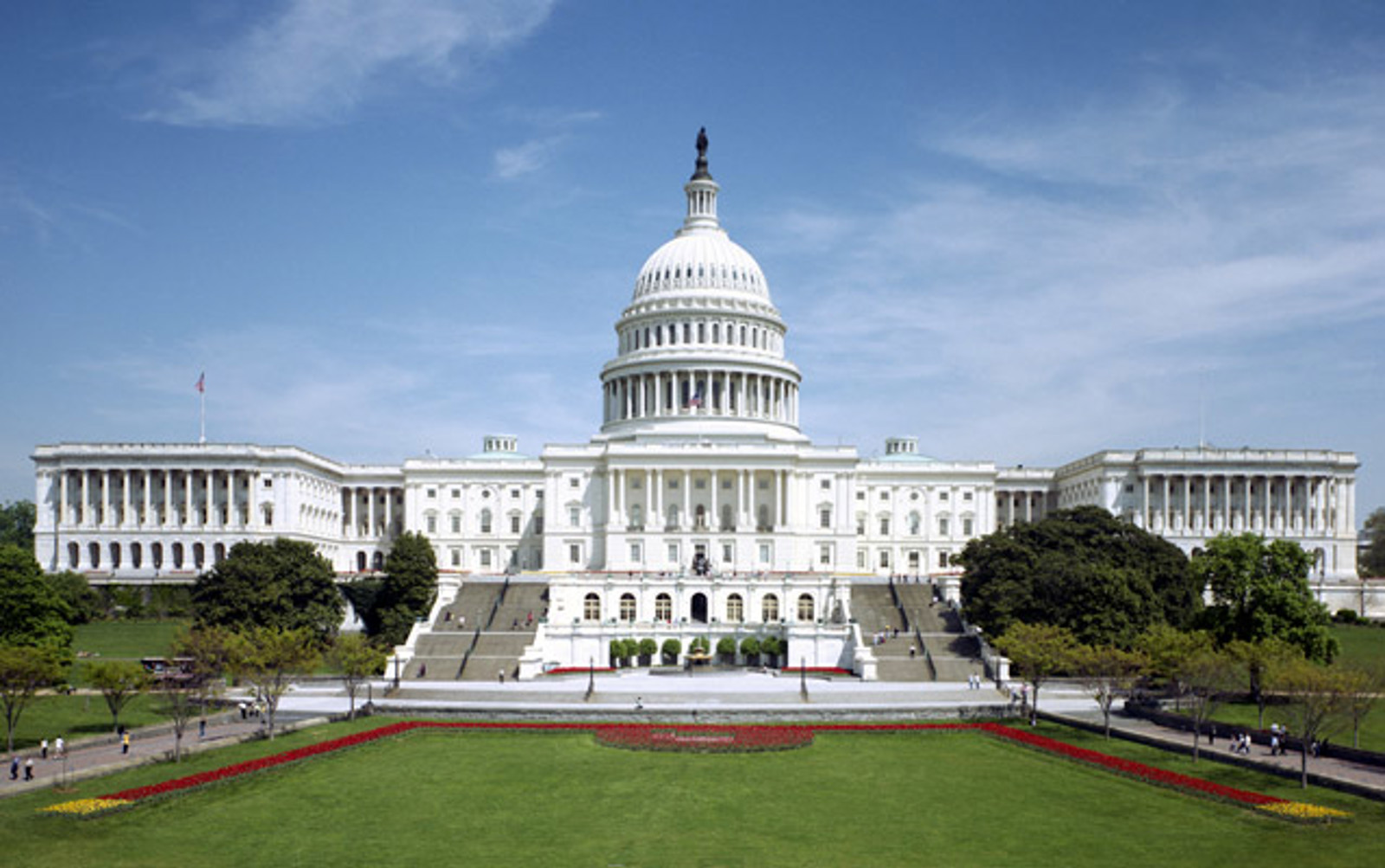January 01, 0001
House and Senate Budgets Up the Ante on Education Spending
The House and Senate budget committees have tackled the annual task of creating a congressional budget resolution – a non-binding budget plan – for Fiscal Year 2009. Both budget plans, presented March 5 and 6, reject the president's proposal to cut spending and eliminate programs, and propose substantial increases in discretionary spending, especially education.
Both the House and Senate passed their version of the FY 2009 budget resolution on March 13, but education was not a hot topic during floor debate in either chamber. Now that both have approved the resolution, the committees will conference to work out their differences, to produce a final budget plan.
The House committee plan would provide a total of $1.1 trillion in discretionary spending, which is $23 billion above the president's request. The House budget meets the president's request for defense, at $538 billion, and has $551 billion for domestic spending.
For the education and training function of the budget, the House proposes $85.3 billion, which is $7.1 billion over the president's request. The plan rejects the president's cuts to education programs, and provides additional resources to increase funding in priority areas.
The Senate committee plan would provide $1 trillion in discretionary spending, which is $18 billion more than the president's budget. For defense, the Senate budget proposes $564 billion, and for domestic spending, $436 billion.
For education, the Senate budget proposes $8.8 billion above the president's request, which is $5.5 billion over last year. The budget committees do not specify what programs would be increased, rather the appropriations committees do that later in the spring.
The Senate plan also includes a $35 billion economic stimulus package, and $13 billion for a two-year extension of the tuition deduction, but does not propose any reconciliation instructions. The House budget, however, includes reconciliation instructions to the Ways and Means Committee for an alternative minimum tax fix, and Medicare payments to physicians.
Once the final budget plan is produced, the next step will be to watch what the appropriations committees do with the total discretionary allocation they are given. While both chambers have proposals above the president's request, there are rumblings that this is not as high as the appropriators would like to go. President Bush has already stated that he will not sign appropriations bills that go over his budget, as he did last year. This has caused congressional Democratic leaders to consider waiting until after the November election, to see who the next president will be before moving on final spending bills.
Both the House and Senate passed their version of the FY 2009 budget resolution on March 13, but education was not a hot topic during floor debate in either chamber. Now that both have approved the resolution, the committees will conference to work out their differences, to produce a final budget plan.
The House committee plan would provide a total of $1.1 trillion in discretionary spending, which is $23 billion above the president's request. The House budget meets the president's request for defense, at $538 billion, and has $551 billion for domestic spending.
For the education and training function of the budget, the House proposes $85.3 billion, which is $7.1 billion over the president's request. The plan rejects the president's cuts to education programs, and provides additional resources to increase funding in priority areas.
The Senate committee plan would provide $1 trillion in discretionary spending, which is $18 billion more than the president's budget. For defense, the Senate budget proposes $564 billion, and for domestic spending, $436 billion.
For education, the Senate budget proposes $8.8 billion above the president's request, which is $5.5 billion over last year. The budget committees do not specify what programs would be increased, rather the appropriations committees do that later in the spring.
The Senate plan also includes a $35 billion economic stimulus package, and $13 billion for a two-year extension of the tuition deduction, but does not propose any reconciliation instructions. The House budget, however, includes reconciliation instructions to the Ways and Means Committee for an alternative minimum tax fix, and Medicare payments to physicians.
Once the final budget plan is produced, the next step will be to watch what the appropriations committees do with the total discretionary allocation they are given. While both chambers have proposals above the president's request, there are rumblings that this is not as high as the appropriators would like to go. President Bush has already stated that he will not sign appropriations bills that go over his budget, as he did last year. This has caused congressional Democratic leaders to consider waiting until after the November election, to see who the next president will be before moving on final spending bills.
For more information, please contact:
Stephanie Giesecke

